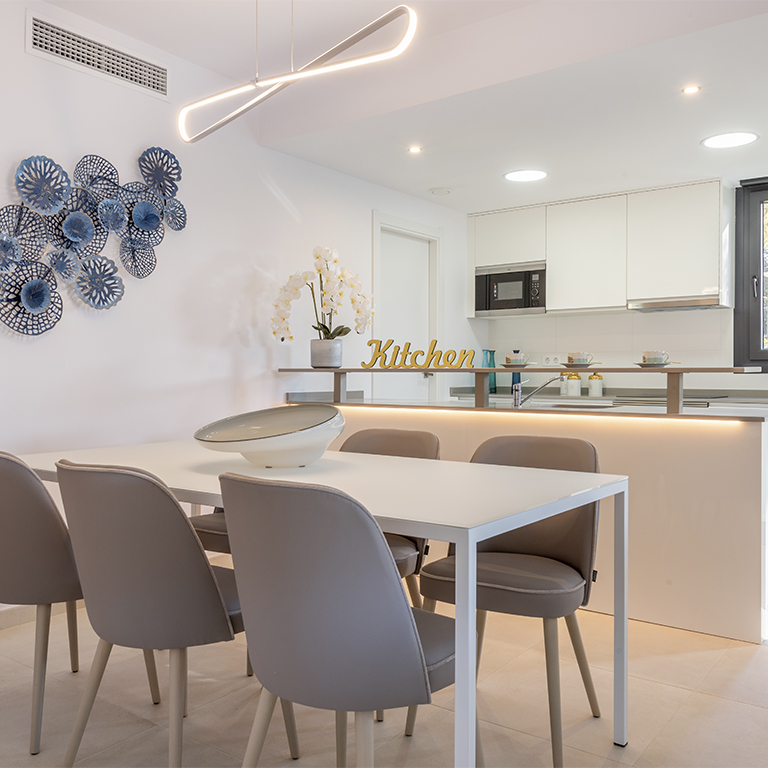


Lecture time: 2 minutes
“House with 3 bedrooms, 2 bathrooms and a garden area. 130 built metres, 123 useful metres.” You have probably come across this type of description many times when looking for a house. However, do you know the difference between built and useful metres? Is the garden area considered a useful or built surface area? Don’t worry if you are unsure, by the time you finish reading this post you will have become an expert.
Useful metres
Let’s start with useful metres. What is the useful surface area of a property? This surface area corresponds to the metres that are inside the property and can be walked on. Partition walls or pillar areas would be excluded from the useful surface area, as would doors and windows. Therefore, if you want to determine the useful metres of your home, you should measure and multiply the length and width of the wall of each room and add them together. It’s simple, isn’t it?
Built metres
On the contrary, what do built metres refer to? A priori, we tend to think that the built surface area only refers to the property’s surface area, although the truth is that it is not only the property’s surface area that influences this measurement. The reality is that it comprises the property’s total surface area, which also includes the space occupied by partition walls or windows, for example.
If you live in a multi-family building, the proportional part of the staircases, passageways and corridors will also be taken into account, as will communal areas such as swimming pools or garden areas. This is always proportional to the property’s built surface area.
As for the surface area of the terraces, 100% or 50% will be counted, depending on whether they are covered or not. Likewise, if the attics or basements measure less than 1.5 metres high, they will not be counted.
In short, useful metres are used to refer to the actual habitable size and built metres refer to the built surface area.
You can obtain all the information regarding the property’s surface area from the land registry, whether you already own the property or you are thinking of buying it.